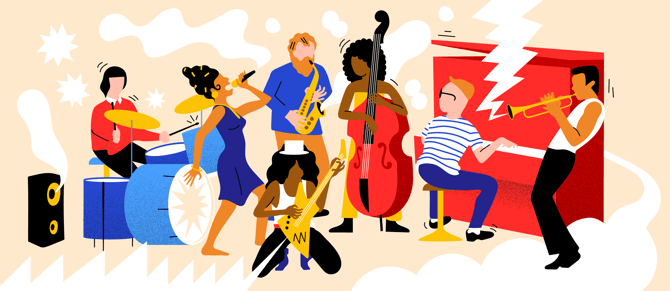We sat down with our very own Learning & Development team for a walkthrough of their latest Collaboration Guide & Meeting Framework. What did we learn? That at the base of every manager’s collaborative and high-performing dream team is time invested in creating positive team dynamics. Learn first-hand how this team took the guesswork out of building relationships, so you can put it into practice and hit the high note of team performance.
Exclusive online summit
·
May 23 2024
Moments that matter: how to seed great work
What’s Inside?
- Team Dynamics 101: Why positive team dynamics are essential for collaboration
- Interview: The Learning & Development team share their collaboration framework
- Put it into action: 6 tips to hit the high note of positive team dynamics
- Bonus: Collaboration guide & framework, free for download
Why positive team dynamics are essential for collaboration
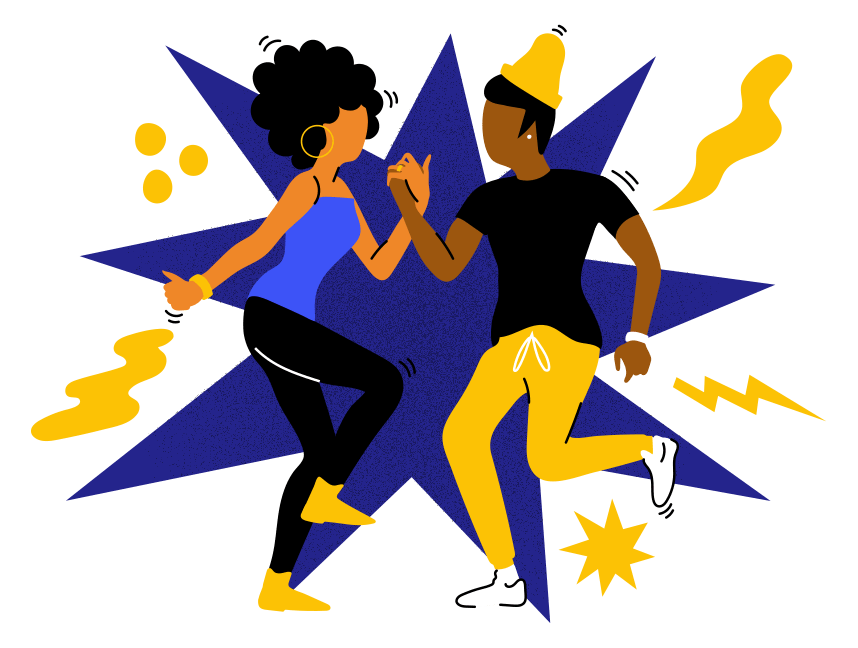
“Just like in dancing, there is someone leading and someone following the music, but if there’s not a nice dynamic, the dance is not going to be beautiful”
– Carmen Bossé, former UX researcher at Officevibe
Team dynamics refer to team “chemistry”. They represent the emotional or human undercurrent of a team, which has a direct impact on team performance and employee engagement.
“Consider the two roles every person plays in a working group: a functional role, based on their formal position and technical skill, and a psychological role, based on the kind of person they are.”
HBR
But, putting the right mix of skills on board doesn’t necessarily result in a successful team. This is why taking the time to understand the personalities of the people you work with is essential to team cohesion. Simply knowing that Sally is pragmatic and loves documentation while Sue is a disruptive thinker who thrives off of creative brainstorms, allows teams to work together in a more intentional, informed and harmonious way.
Let’s see what the difference looks like on teams.
Positive Team Dynamics
- Trust in one another
- Accountability
- Innovation & creativity
- Collaboration
- High performing team
Negative Team Dynamics
- Team conflict
- Blame culture
- Inability to make decisions or deliver
- Low drive to work together
- Low performing team
Interview: The learning & development team shares their collaboration framework
Our team opens up about the difference between helping and collaborating, the role of a manager in building team dynamics, and the importance of peer-to-peer empowerment.

Valérie Gobeil,
Team Leader

Amélie Poulin,
Learning & Community

Carmen Bossé,
UX Researcher

Dena Adriance,
Learning Experience Designer
What underlying problems were your team facing that prompted you to work on a collaboration framework?
The initial prompt was that we restructured our team, so we wanted to start off on a good foundation. The pain point was that we would often ask for help and provide help for one another, but for me, it never felt like real collaboration because there was no accountability aspect to it.
Yes everyone was willing to “help” each other, but we weren’t benefitting from the full collective intelligence that’s created when a team really works together. So we determined objectives: “How might we unlock collaboration?” How might we push each team member to thrive and grow in our own development and in our projects?”
Val, what did you do as a leader to help your team optimize their collaboration?
My first reaction was to find a solution for the team, but I realized that the best thing to do was step back and let them solve this on their own. I simply reinforced and validated that I felt it was valuable for them to take the time to work on this, but that’s all.
Managers often put a lot of pressure on themselves to build up the team’s psychological safety and get these collaboration mechanisms in place. But sometimes the best way to be helpful is to leave the floor to the team members. You’ll see that leadership exists at all levels!
Amélie, Carmen, how did you feel about Val’s management technique of stepping back?
I felt trusted. Val opened up the space for us to work on our group dynamics and collaboration without giving us the answers.
It reminds me of something Val recently said to me: “I’m not your boss, I’m your manager.” She’s there to help when we need her, but we are just as capable of finding solutions and empowering each other, including Val! Our team is more of a circle than a triangle where everyone assumes leadership and accountability.
Collaboration is a long-lived buzzword. What does it really mean to you?
Just like in dancing, there’s someone leading and someone following the music, but if there’s not a nice dynamic, the dance is not going to be beautiful. You can’t think of it as following someone but letting them lead the way. You are choosing to follow. There’s a little twist in that mentality that makes collaboration really effective. It’s about letting go and trusting the process, but even more so trusting their team members’ individual methods, even when they are different from your own.
Can you tell us a bit about the collaboration template you created?
It’s a series of questions that prompt team members to reflect on themselves individually, and then learn about each other through discussion. Some of the questions are more open to interpretation so you answer beyond the scope of the workplace. For example, we ask, “what do you like?” not “what do you like in the workplace? We want people to represent their whole selves, not just themselves as an employee.
There’s also a focus on what are we good at, and what do we want to work on It’s important to learn not only what we can do but how we want to develop, so we can empower our team member’s to grow in their role. This peer-to-peer support generates team performance
What is the value in carving out the time to get to know one another before beginning projects?
You need to prepare in order to collaborate well. It doesn’t just happen. Get everything out on the table. Your needs, your truths, your preferences. The more you get to know someone, the more you can learn to complement one another, and help them see their blind spots. It also builds empathy. Simply having the professional side of a team member is like reading a resume. To build real team dynamics, proper communication and a sense of belonging, you need to care about and acknowledge the whole person.
I’d also say that getting comfortable with your teammates is helpful in having difficult discussions. When you establish trust and respect, it becomes easier to navigate conflict.
How did you create a safe space for people to be vulnerable in sharing about themselves? On a new team, it’s not easy to be an open book.
There’s no instant recipe for psychological safety. But, we found some things that work for us and included tips in the guide. For example, when you’re discussing more personal things, get out of the office. We went on a walk around the neighborhood to make it less formal and feel less like an interview.
After the guide and informal discussion, do you have a meeting as well?
Yes, the meeting is where we put everything together. We streamline our learnings from the collaboration guide exercise to create team norms and solidify group processes that we can return to as we work on projects.
Can you walk us through how this final meeting should run, so other teams can try it out?
You’ll find more detailed instructions in the download, but the key idea is to discuss key takeaways from our collaboration guides. We ask further questions and highlight similarities in our values, ways of working, availability, workflow preferences, etc. For example, we discovered that we all value a sense of playfulness at work, that we all need a proper agenda and goal for meetings, and that meetings past 2:30 pm would not get the best out of us. Creating these collaboration guidelines ahead of time legitimizes us calling out the elephant in the room when something is not followed.
How will you keep track of how things are progressing?
As the team leader, I look forward to tracking the Peer Relationship and Personal Growth metrics with Officevibe. Currently, our team is scoring high in all the sub-metrics, and communication is on the rise! Being able to keep an eye on these metrics allows me to check in further only when and if needed. Until then, I’m comforted in knowing that our current processes are adequate and the team is able to meet its needs.
Learn how managers like Val keep a steady pulse on their team’s engagement, track team dynamics, and collect the feedback they need to improve as a leader – all by using Officevibe
6 Tips to hit the high note of positive team dynamics
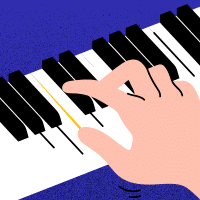
1. Trust and open communication: Quickly address any friction or discomfort on your team! We say, “be sensitive to the other while being true to yourself” and “have the courage to speak to each other directly.”

2. Learn about each other: Invite people to be open with the team about their strengths and what they want to improve on, then log it somewhere so the team members can go back to it and complement each other, and help each other be at their best.

3. Have a shared direction: With a shared purpose and a common goal, it’s much easier to celebrate advancement and have a rhythm during projects.
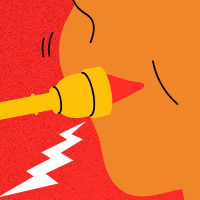
4. Offer clarity: Have a good mix between clarity of everyone’s responsibilities and understanding of one’s unique contribution. This way, no one is scared to overstep and no one doubts that they have an impact.
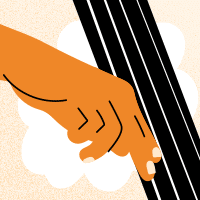
5. Underline the collective interest: Despite having the most clarity possible, instill a deep understanding that the collective interest surpasses individual interests. This prompts everyone to be flexible and put all hands on deck for the sake of the team.
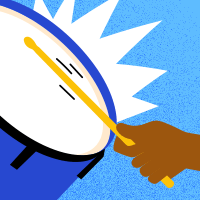
6. Be intentional about it: Good dynamics and team cohesion doesn’t happen by itself. Legitimize the time for your team to get to learn about one another. It will pay off even in the short term.
Struggling with team dynamics and collaboration? Keep reading on this topic.
Equip HR and managers with tools to engage, recognize, and drive performance.

